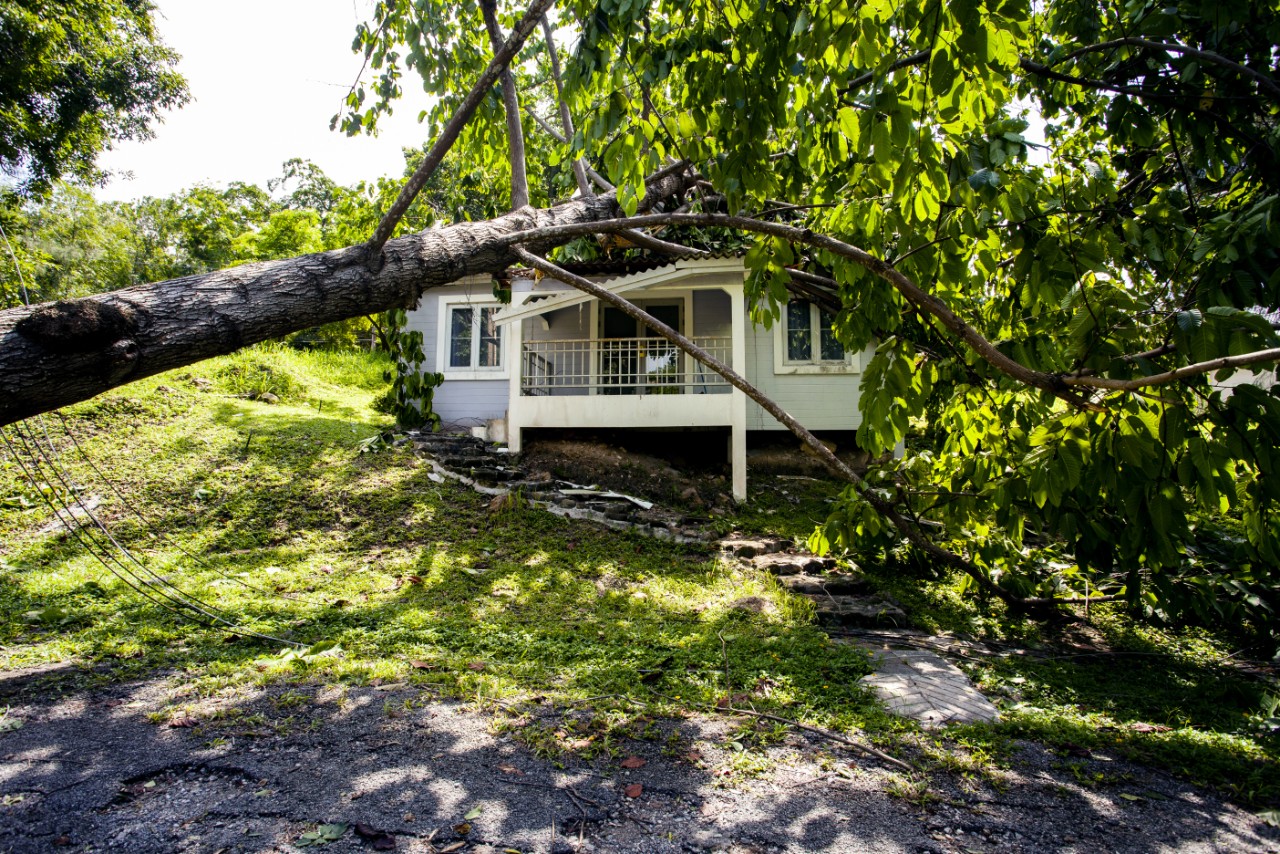In these uncertain times, it’s imperative to have constants in our lives. For Tampa area city dwellers, urban forests play a tremendous role in balancing life, providing habitats for diverse life forms, upping property values, and reducing pollution.
Tampa Bay is famous for its beautiful trees and lush landscapes, as well as for its annual hurricane season. Caring for our urban forest is of the utmost importance prior to the inevitable arrival of strong winds. Trees are great communicators and let us know when they need our assistance and maintenance.
Signs of decay, root issues, leans, and branch problems will visually alert us to any health issues and compromised the integrity of the tree. Paying attention to these cues can offset any problems leading to tree failure.
Every year during hurricane season, multiple homes are damaged by falling limbs from damaged trees. Falling branches are also responsible for injury and death of individuals. When removing decayed branches, look for dying limbs as well. The signs of an unhealthy branch are drooping, missing bark, premature loss of leaf, and drooping of small branches. Pay close attention to the big limbs within the canopy – they’re the most susceptible and dangerous.
A compromised branch structure is also a sign of poor tree health. Look for two branches around the same diameter sprouting from the same spot. Branches that form a V shape are of even more concern. High winds and the V-shape vastly increase the chance of breakage. Proper pruning will alleviate this dangerous possibility and will keep your tree healthy and extend its life.
Fungi feed on wood and are responsible for wood decay. The appearance of fungi (mushrooms or conchs) are indicators of fungi infestation. Decay greatly reduces the integrity and strength of the limbs. If fungi and decay are apparent, it’s wise to seek the counsel of an arborist to do an assessment.
Decay can also present as holes or cavities on or within the tree. These openings can be the result of injuries or due to bad pruning practices. Some large openings can lead to total erosion within the tree structure.
If a tree develops a bad lean it may have serious consequences such as root damage. A tree that slowly begins to lean will naturally develop stronger reactionary wood, allowing the tree to remain intact. Trees that have been violently tilted by storms don’t have a chance to develop reactionary wood and they’re prone to falling. If there are signs of soil upheaval from a tilted tree, it needs immediate assessment, as it is considered high risk.
The roots of a tree are extremely important for any tree’s integrity. It’s wise to be diligent when assessing root damage. To begin an assessment, look up to the canopy. Gradual thinning of the canopy is a strong indication of root trouble. Surficial root damage may be indicated if there are fungi growing at the base.
Trees are incredible beings, and they ask so little of us, considering how much they bestow upon us daily. Take the time to allow your trees to communicate, especially prior to hurricane season. Pay attention to the signs, and you will enjoy their majestic beauty for decades.
Hurricane season is upon us, Tampa Bay! Be sure to prepare before the rush. Call Tree Masters Tree Service for all your tree trimming and arborist needs.



